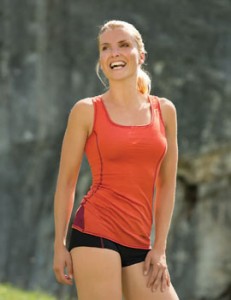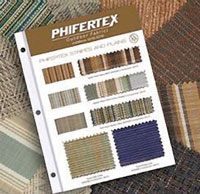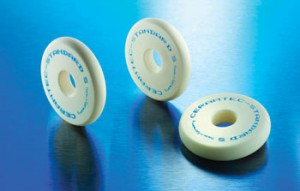OBERTSHAUSEN, Germany — February 18, 2016 — Lightweight construction is absolutely indispensable when operating in areas that need to conserve resources and, as a construction philosophy, has many supporters – and this also applies to the Verband Deutscher Maschinen- und Anlagenbau, VDMA (German Engineering Federation). This is why this well-known professional organisation set up a new Working Group specialising in this field on 22 January 2016. This new platform will be known as Hybrid Lightweight Technologies and will replace the existing Forum Composite Technology, with its 175 VDMA member companies, one of which was KARL MAYER Technische Textilien GmbH. The Managing Director of this company, Jochen Schmidt was present at the inaugural event, and was elected as a member of the board of this new group.
KARL MAYER Technische Textilien GmbH manufactures high-performance machines for the composites industry and is extremely experienced in this field. Its biaxial and multiaxial machines can process all the latest technical yarns, such as glass- and carbon-fibres rovings, to produce reinforcing textiles for classic composites, which are being used successfully in a variety of applications. “We have already made a name for ourselves as a reliable and expert partner in the automotive and wind sectors especially. With our technical know-how and experience, we can make a useful contribution to the Working Group Hybrid Lightweight Technologies,” says Jochen Schmidt. The company’s machines for producing multiaxial and biaxial textiles also offer a great deal of potential for designing advanced material composites and thus for opening up new applications. One of the main aims of KARL MAYER Technische Textilien in participating in the VDMA platform is to evaluate these possibilities and further develop the technologies. “We are a successful pioneer because we are constantly improving and developing our company and our machines to give our customers the edge over their competitors by offering them innovative solutions. We are hoping for industry-wide impulses and completely new ideas in our quest for innovation,” explained the Managing Director of KARL MAYER Technische Textilien when speaking about the reasons for cooperating in the new VDMA technology group.
Posted February 18, 2016
Source: KARL MAYER Textilmaschinenfabrik GmbH







